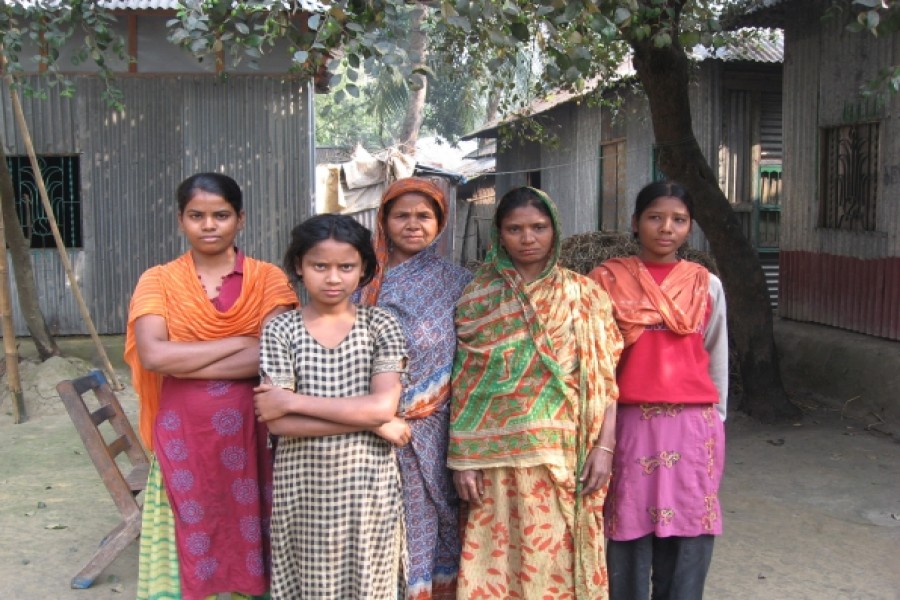When a country's 53 per cent people live in what is called 'kutcha' (not brick-built) houses and 31.33 per cent in semi-pucca dwellings with only 15 per cent residing in buildings, the immediate impression given out is not particularly cherishing. The condition of housing everywhere is a fair reflection of a people's living standard as well as their adaptability, culture and tradition in harmony with weather and environment. The living standard largely depends on economic prosperity but certainly complemented by education, awareness of health and hygiene. At times sanitation is neglected by moneyed but not adequately enlightened people and the consequences can be highly damaging. The survey carried out by the Bangladesh Bureau of Statistics on the country's total accommodation capacity - residential, commercial and industrial - has for the first time brought to the fore a comprehensive picture of the nation's housing arrangements. It is somewhat surprising that such a valuable task was left unattended so long.
Actually, the survey was undertaken mainly to determine the contribution of the real estate business to the country's economy. This is evident from the title of the study, 'Survey on Occupied Residential Houses and Real Estate Services 2018'. It reveals that the residential and real estate sector contributed 7.8 per cent or Tk 1.415 trillion to the country's gross domestic product (GDP) during the 2016-7 financial year. If the financial year 2015-16 is taken as a base year, the sector has registered a growth rate of 18.61 per cent. The growth, no doubt, is appreciable. But what is important is to see if the poor housing accommodation has been replaced by standard ones or the moneyed class has preferred even more luxurious housing facilities. Even if the middle class people attain the capacity to shift from rented houses to buildings of their own, the growth in the sector certainly adds value to it.
Ideally, though, the need is to push the economy at the grassroots level by means of distributive dividends of economic development and arm people at that level to build decent accommodation. Urban and peri-urban skyscrapers or elaborately built housing can dazzle the eyes but they do not pull the nation from the inadequately and shabbily erected shelters. Even the shacks and shanties in slums in urban settings are not just an eyesore but accommodations that degrade human beings and often become the cause for crimes.
Admittedly, it is not essential to go for brick-built houses. In villages decent houses are structured on wood poles with tin roofs and side cover. In fact, the reality is that the country has to give up bricks for construction of buildings. Bricks are not only leaving arable lands infertile but also heavily polluting the environment at the time of burning those in kiln. More durable concrete blocks with less weight and greater water resistance are now available. Those should be used for housing. Last but not least, more advanced technology has to be found in order to cut the housing cost so that villagers can also opt for well-built modern accommodation.


